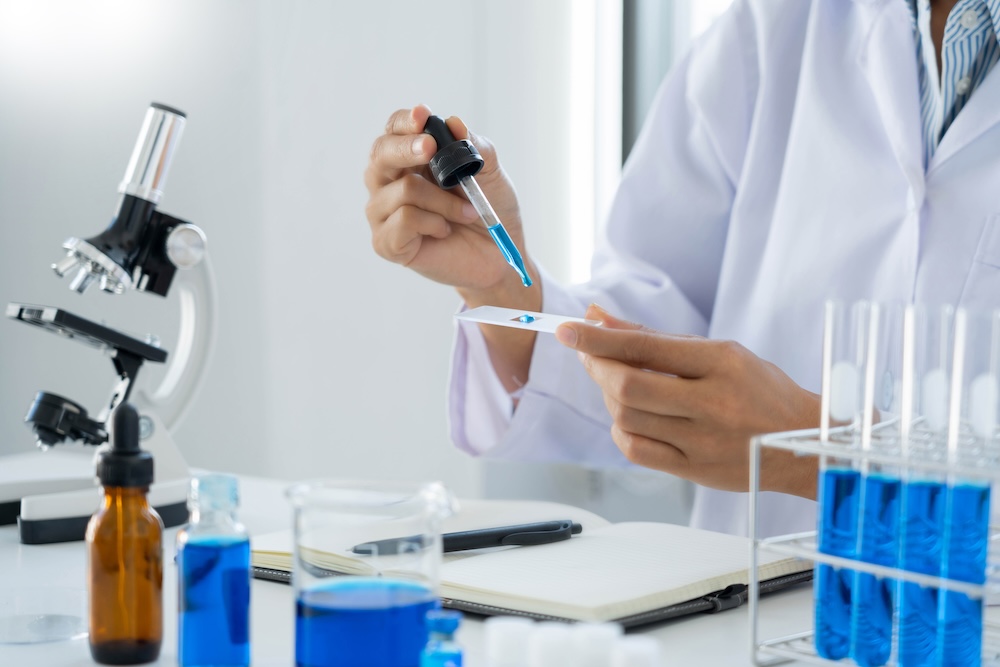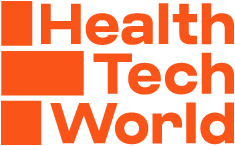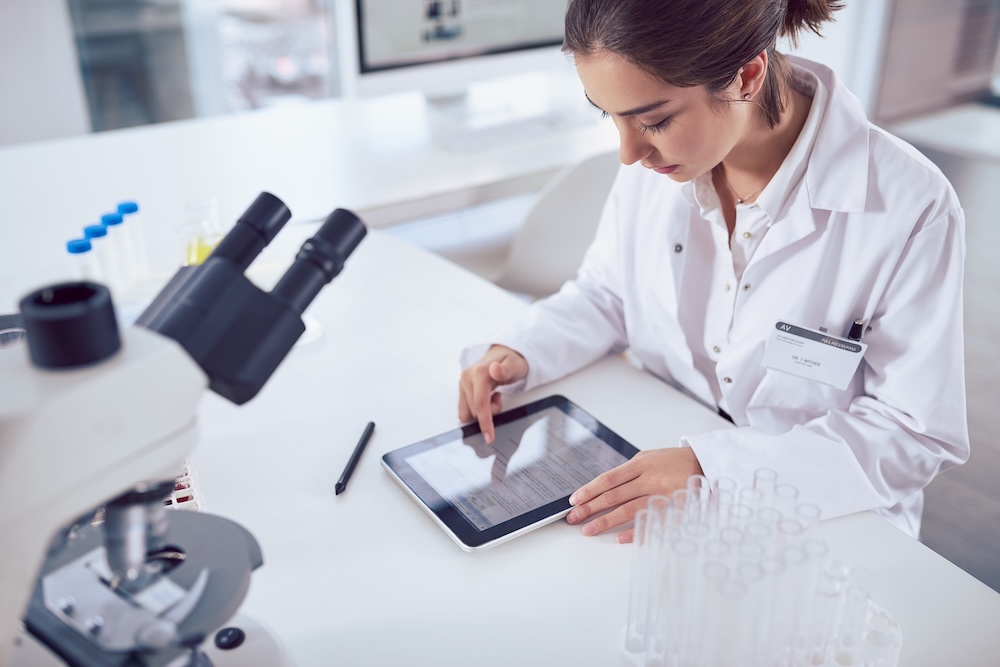
Patient safety in modern healthcare depends on a wide array of behind-the-scenes processes, many of which are rarely noticed by patients or even clinicians. Among the most vital of these processes is laboratory-based chemical analysis. Before a medication or fluid is prescribed, laboratory staff must ensure that its safety and composition meet strict standards. Reliable analytical tools are crucial for this task, offering the accuracy and sensitivity to detect potential risks before they reach the patient.
Advancements in instrumentation and testing methodologies have made it possible to detect trace elements in medical products and hospital environments. These capabilities are especially important in a healthcare setting, where even minuscule impurities can compromise safety or disrupt treatment outcomes. One of the most effective and widely used techniques is ion chromatography, which plays a significant role in maintaining quality throughout the healthcare supply chain.
Enhancing Care with Analytical Precision
Ion chromatography works by separating and measuring ions in a sample, such as hospital water, dialysis fluids or pharmaceutical ingredients. Its precision makes it indispensable for environments where exact composition is critical. These measurements can identify even the smallest traces of harmful substances, helping facilities meet stringent quality standards.
Within this field, advanced chromatography systems are widely used to support patient safety across multiple healthcare applications. These systems are designed to detect impurities at extremely low concentrations, often at levels undetectable by other methods. Their ability to offer fast, reliable results helps hospitals identify potential contaminants before they can cause harm.
Such technologies allow labs to conduct high-volume testing without compromising accuracy. This is particularly valuable when dealing with injectable medications, nutritional solutions or medical device surfaces, where contamination, even at the micro level, can introduce serious risks.
Supporting Safer Treatment Pathways
Chemical analysis supports safer treatment pathways at nearly every stage of healthcare delivery. Before any medication or therapeutic solution reaches a patient, it undergoes scrutiny for chemical composition. Ion chromatography is central to these checks, especially for detecting ions that may provoke adverse reactions.
In pharmaceuticals, residual ions introduced during manufacturing or storage can be hazardous if not identified and removed. Ion chromatography can detect these impurities, supporting regulatory compliance and patient safety. This detection level is significant for high-risk treatments, including chemotherapy and intravenous infusions, where purity is paramount.
Beyond pharmaceuticals, this technique ensures the correct composition of dialysis fluids for patients with kidney disease. In these situations, monitoring the solution’s ionic content is not optional but essential. Impurities can be life-threatening if they pass into the bloodstream of individuals with reduced toxin filtration capacity.
Laboratory Applications in Hospitals
Hospital laboratories use ion chromatography for a range of applications beyond product testing. Water purity in critical care units, for example, is monitored closely using this method. Contaminants such as nitrites or sulphates in hospital water systems can pose risks to vulnerable individuals, particularly those recovering from surgery or undergoing immune-compromising treatments.
In addition to routine water testing, laboratories rely on ion chromatography to verify that nutritional mixtures used in parenteral feeding meet prescribed specifications. Critically ill patients depend on exact nutrient formulations, and any imbalance could negatively affect recovery or overall wellbeing.
Identifying Hidden Contaminants
Even when products appear sterile and safe, hidden contaminants may linger. These can include chloride, bromide, or fluoride ions, which are harmless in some contexts but problematic in others. More serious are metal ions like lead or mercury, which should never be present in medical applications.
Chemical analysis methods allow laboratories to uncover these threats before they affect care. Ion chromatography is especially valuable due to its sensitivity, which can detect trace amounts that could go unnoticed. It allows for the prompt identification of potential risks and helps medical teams take corrective action early.
These capabilities ensure medical products align with both national and international safety standards. Without this scrutiny, healthcare facilities would be exposed to greater legal and ethical challenges, especially as regulatory expectations continue to increase.
Responding to Testing Demands with Automation
As demand for testing grows, laboratories face ongoing pressure to deliver rapid and accurate results. Manual methods, while precise, often require highly trained technicians and a significant time investment. This is where automated ion chromatography systems come into play.
Automated solutions support laboratories by reducing manual workload and improving consistency between samples. Integrating with digital record-keeping systems also improves traceability, making it easier for facilities to demonstrate compliance.
Post-Pandemic Pressures on Laboratory Services
Since the pandemic, laboratory teams across the UK have faced higher testing volumes and tighter budgets. Hospitals continue to seek tools that allow them to do more with less. Automated systems have emerged as a practical solution, ensuring reliable results while lowering the burden on healthcare workers.
In this context, initial investments in modern analytical equipment have long-term benefits. These tools operate around the clock with minimal supervision, allowing hospitals to maintain high standards without constant human oversight.
To ensure consistent quality, staff undergo targeted training. This typically includes instruction on running the systems, addressing minor issues and ensuring compliance with testing protocols. With the right knowledge, laboratories can integrate these systems seamlessly into their daily workflows.
Meeting Evolving Regulatory Standards
Healthcare regulations across the UK and EU increasingly require detailed chemical testing for patient-facing products and services. Agencies such as the Medicines and Healthcare Products Regulatory Agency (MHRA) oversee these efforts, ensuring healthcare providers follow approved procedures.
Any testing method used must be proven to deliver accurate, repeatable results. This is why ion chromatography is frequently the preferred technique. It meets the rigorous standards for Good Laboratory Practice (GLP) and Good Manufacturing Practice (GMP), making it suitable for high-compliance environments.
Final Thoughts on Safety and Innovation
As healthcare systems evolve, so too must the methods used to ensure safety. Ion chromatography, particularly when delivered through automated systems, offers a high level of assurance that the products, fluids, and environments involved in patient care are safe and compliant.
Advanced laboratory technologies contribute more than just efficiency; they are the final checkpoint between manufacturing and medical use. For this reason, they play an often-overlooked but deeply important role in patient safety. By continuing to invest in these technologies and training, healthcare providers strengthen their ability to protect the people they serve.





